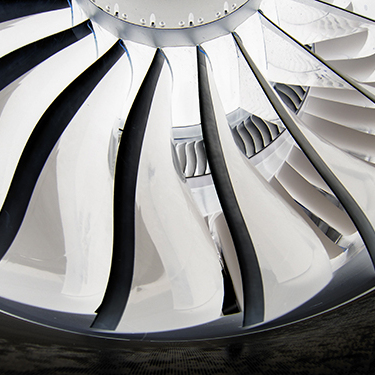I wonder if I could request some technical help from anyone here please?
I was on TUI flight TOM375 from Sanford Orlando to Bristol UK on 21st May this year, which had to make an emergency landing due to "2 crew members being taken ill shortly after take off."
The explanation given by Thomson was that just after take off the plane flew through a brush fire. Due to the design of the cabin air intake on the Dreamliner, a large concentration of CO2 was taken into the cabin, concentrated at the rear where the 2 crew members were sat, causing them to pass out. 27 other passengers were also taken ill feeling nauseous.
When we landed paramedics and firemen came on board, who after monitoring the air, found no abnormal readings. I contacted the Sanford Airport Authority who were extremely helpful in providing me both with a contact at the fire department who (also very helpfully) supplied a copy of their report and also a copy of the ARFF report. Both of these reports state that no abnormalities were found, however, "at the rear of the plane a strong odour was detected (it doesn't state what of) so the SHOT team assessed the air quality. E35 arrived and di the air quality assessment on the aircraft, inside the cargo holds and necessary ports as determined by the aircraft mechanic. It was determined that the air-quality was within normal range and that the cause could have possibly been a nearby brush fires smoke that entered the cabin."
Now, I'm an Engineer, but not in aviation, and I don't buy it. I did a quick search about the 787's air system and found this:
"The cabin air-conditioning system improves air quality by removing ozone from outside air, and besides standard HEPA filters which remove airborne particles, uses a gaseous filtration system to remove odors, irritants, and gaseous contaminants as well as particulates like viruses, bacteria and allergens. The bleedless engine cabin air system also allows the 787 air to avoid oil fumes and toxins which are dangerous to the health of passengers and crew and are found in all other aircraft bleed air systems."
This says to me that out of any plane that should survive flying briefly through a brush fire without filling the cabin with CO2, it is the Dreamliner. Even if it was the case, I don't see that the air supply should be so localized as to only affect the extreme rear of the plane - surely it should be equal throughout?
Obviously, Thomson are sticking with this as it then alleviates them from a compensation claim (the total delay was 25 hours) as it would be an "extreme circumstance." The other issue with this claim is that speaking to a rep at the hotel, brush fires are very common in the surrounding area of the airport, so surely the Airport Authority would be aware of this and advise the flight plans to avoid these if they can cause situations such as these?
My personal interpretation of what happened based on my (limited) knowledge, accounts of other passengers and my suspicious mind
One air steward released herself before the captain had finished levelling off (indeed, all this occurred whilst still climbing) to prepare for service. She unclipped a box which came crashing down on her. During the fall, the box or some other cooling equipment was damaged causing propylene glycol to be spilled. The other steward rushed to assist and slipped (this slip is confirmed by the airline but it not explained) thus injuring herself too. The fumes of the propylene glycol overwhelm the 2 crew and cause respiratory complaints in those nearby. The other cabin crew who went to assist, clean up the spill, thereby removing any source of the fumes and it gets explained off by a convenient brush fire, when in actuality it was gross negligence.
I could be completely wrong, but that's the way I'm seeing it.
I would really appreciate any advice on the possibility of any of this - both the brush fire causing the crew to pass out and my theory.
I've contacted Boeing to see what their view is on Thomson's claims but I have yet to hear back.
I again, appreciate any comments.
Kind regards,
Jon



